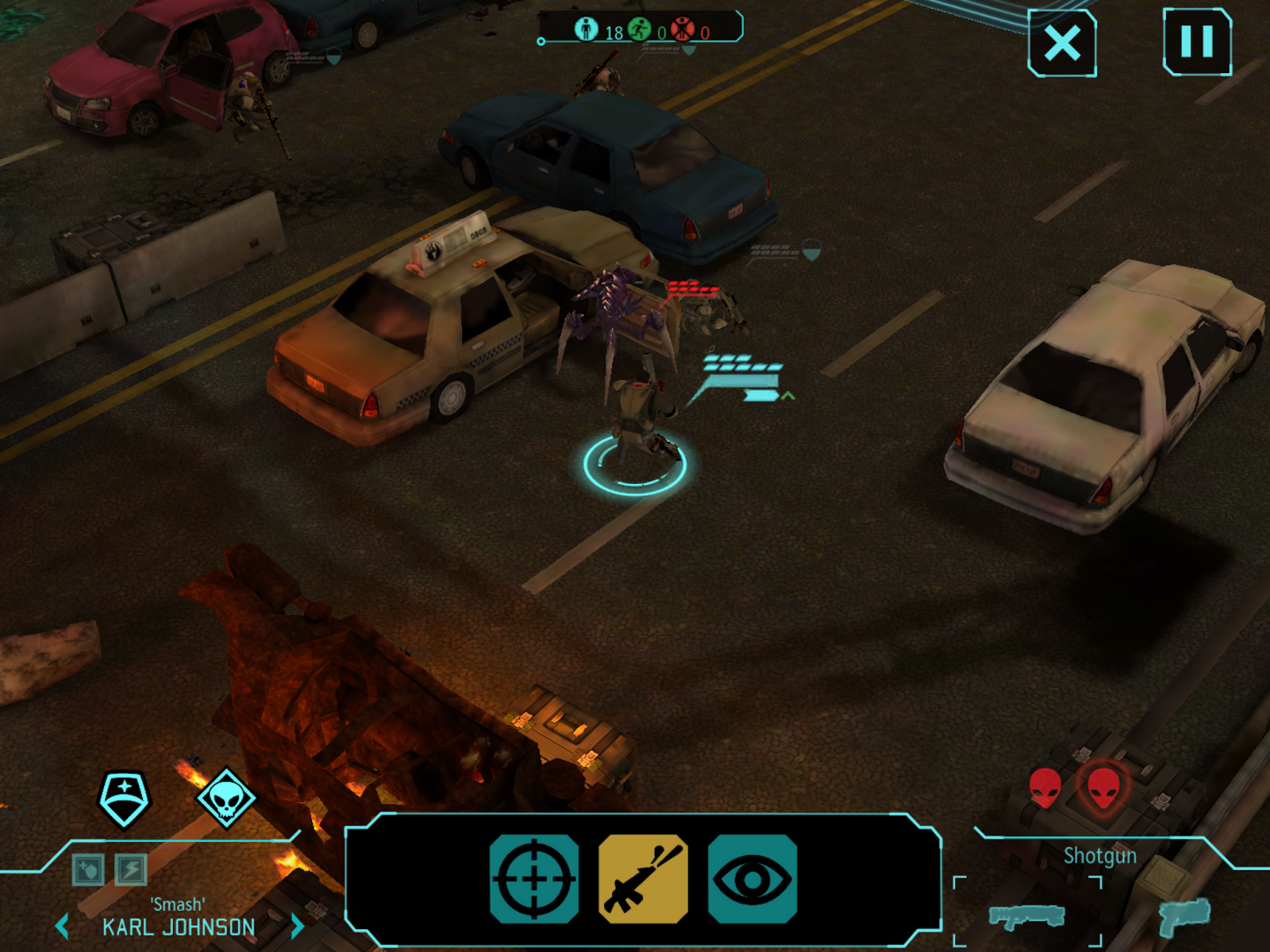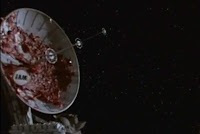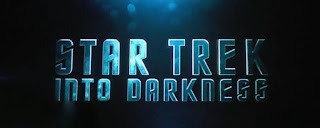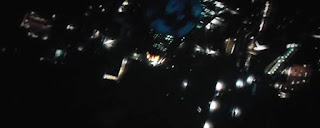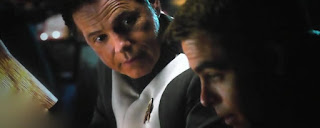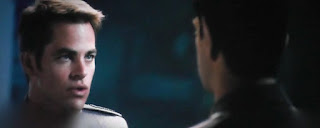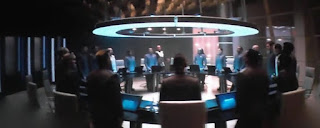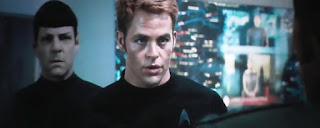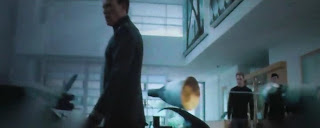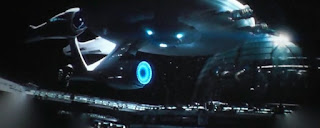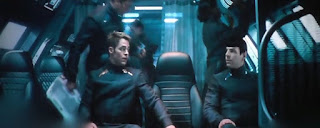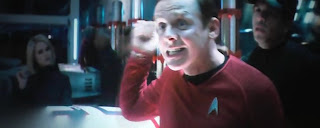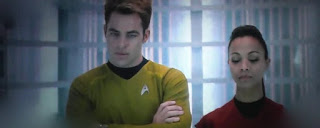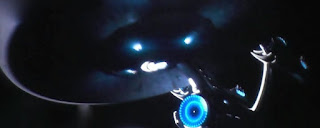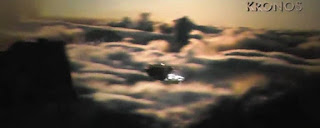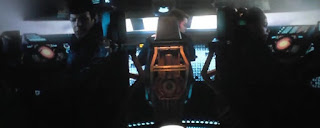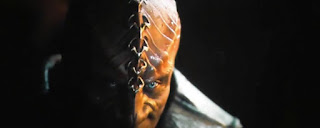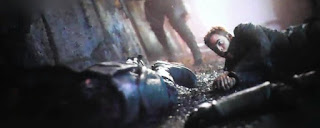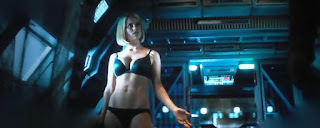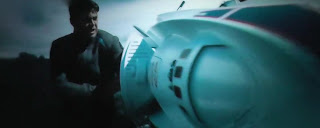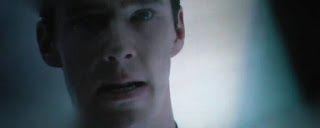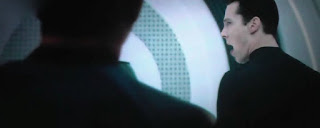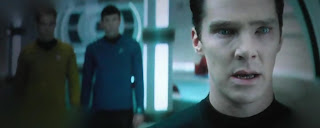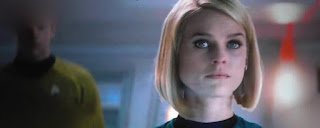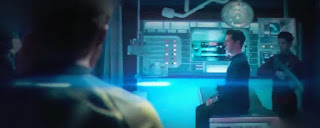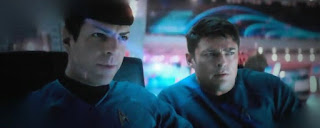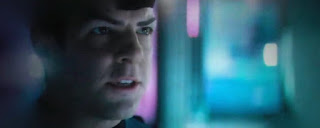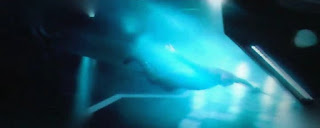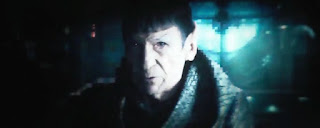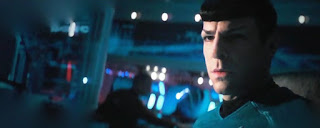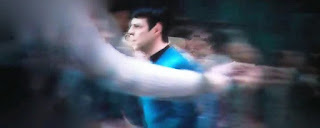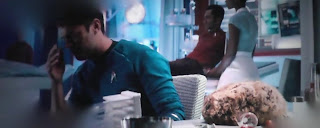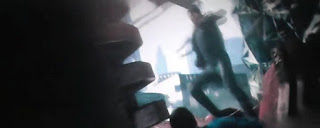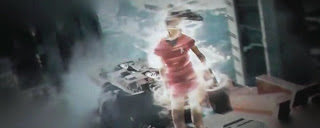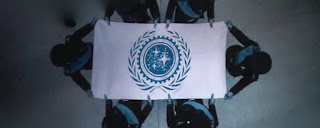Updated 8 Oct For a few months now, persistent rumours have been circulating among
Doctor Who fandom of the return of a huge cache of episodes that are presently not held in the BBC archives (the so-called ‘missing episodes’ or ‘lost episodes’) from somewhere in Africa. How huge? Rumours varied from around a dozen or so up to 90 of the 106 episodes. The rumours reached their peak in June, fuelled by customs evidence of 3 tonnes of archival material being imported into the UK from Nigeria by a noted film and TV archivist, and then diminished again when the archivist released a public statement that the material had no
Doctor Who among it.
Still, the rumours never completely went away, and denials by the BBC and people connected with it tended be to very coy and carefully worded—of the “There are always rumours and speculation about
Doctor Who missing episodes being discovered, however we cannot confirm any new finds” variety.
“There are always rumours and speculation about Doctor Who missing episodes being discovered, however we cannot confirm any new finds,”
Read more at
http://www.thedrum.com/news/2013/06/20/bbc-cannot-confirm-recovery-lost-dr-who-archive#LfHMLVx7K5jjtJTW.99“There are always rumours and speculation about Doctor Who missing episodes being discovered, however we cannot confirm any new finds,”
Read more at
http://www.thedrum.com/news/2013/06/20/bbc-cannot-confirm-recovery-lost-dr-who-archive#LfHMLVx7K5jjtJTW.99Then, yesterday,
The Mirror newspaper ran
a story claiming that all 106 episodes had been recovered from Ethiopia, and this morning, the
Radio Times reports that
the BBC will make two newly-recovered stories available for sale on Wednesday. The
Radio Times went on to say that these stories are “believed to be from the Patrick Troughton era” (second Doctor, seasons 4–6) and that “It is understood that other episodes have also been found”.
Subsequently,
The Mirror reports that the announcement of the missing material has been postponed to the end of the week.
So what might have come back?
I've put together
a spreadsheet to show the countries to which each of the stories that contain one or more missing episodes were sold, based on the amazingly detailed research shared on the
BroaDWcast website. I’ve also included a few annotations:
- cells with grey dates indicate that the print used for that broadcast is recorded as having left the country afterwards (although in at least one case, a print turned up in Australia even after being recorded as returned to the UK).
- cells with dates struck out indicate that the print used for that broadcast is recorded as specifically having been destroyed. In reality, it’s likely that most of the prints sent to New Zealand were actually destroyed there, even if specific records have not been found for this.
- cells with dates in square brackets indicate that the story was viewed by TV executives or government censors in that country, but it was not actually broadcast.
- cells with dates in bold indicate the last known transmission of that story.
- columns in green indicate countries in Africa, the continent to which recent rumours consistently point.
- story titles in blue are those which I feel there is some reasonable possibility that they could be among a hypothetical trove of episodes retrieved from Africa.
Assessing the rumours
For a start, it’s simply not credible that all 106 missing episodes have been found anywhere in Africa. In the 1960s, Doctor Who was produced on 2-inch videotape; an expensive resource that had the virtue of being reusable when its contents were no longer needed. The fact that any Doctor Who from the 1960s and early 1970s has survived
at all is due to the BBC’s sales of the show to overseas broadcasters. The BBC was one of the world’s early adopters of videotape, a technology that very few of its foreign customers had in the mid 1960s. Therefore, to sell the show abroad, its sales division, BBC Enterprises, had to transfer the videotape masters to film (usually 16mm, but occasionally 35mm) with a process called telecine: a film camera was pointed at a special, flattened television screen, and filmed whatever was played from videotape. At the other end, the foreign TV station would reverse the process: projecting the 16mm film print onto a screen and pointing a television camera at it for live broadcast! Usually, multiple sets of film prints would be made from the one set of negatives so that BBC Enterprises could send prints to multiple customers simultaneously (although some customers would sometimes have to wait until another customer was finished with their set and could send them on).
Of the 106 episodes not publicly known to be present in the BBC archives today, one episode (“The Feast of Steven”, episode 7 of the serial
The Daleks’ Masterplan) was a Christmas novelty episode and was
never transferred to film because its foreign sales prospects were deemed non-existent. Therefore, when its master videotape was wiped (as they all were by 1974), we can say that it was gone for good. We’re now down to 105 episodes that could conceivably come back from somewhere in Africa.
Beyond that, prints of the remaining 11 episodes of
The Daleks’ Masterplan plus its “teaser” episode
Mission to the Unknown, were only made for one country (Australia). It’s therefore very unlikely that the 9 mising from these 12 would be among any stories recovered from Africa if that’s indeed where any recent finds came from. (Down to 96)
Similarly, only three foreign countries showed William Hartnell’s last story (
The Tenth Planet) and Patrick Troughton’s debut (
The Power of the Daleks): Australia (which records returning its prints of these stories to the BBC in 1975), New Zealand (which forwarded its prints to Singapore in 1972), and Singapore. So it’s pretty certain the 7 episodes missing from these 10 can’t be among any hypothetical African treasure trove. (Down to 89)
The number of prints of
The Evil of the Daleks is a little less certain. Four countries showed it. One print went to Australia in early 1969 and is recorded returned to the UK in 1975; this seems to be a separate print from the one that aired in other countries. The story also aired in Hong Kong and Singapore later in 1969 and in New Zealand in 1970. The New Zealand print is recorded as destroyed in 1974. So there was at least one, probably two, and maybe even three more prints made of this story (Singapore and New Zealand sometimes exchanged prints, as we’ve already seen), but none went anywhere near Africa. (Down to 83).
By the early 1970s, only two African countries were left buying
Doctor Who in black-and-white: Nigeria and Zambia. By that time, Nigeria seems to have been getting its prints from New Zealand: film prints recovered from Nigeria bear cuts made by the New Zealand censorship board, and when New Zealand did not buy and show a particular story, Nigeria did not either. New Zealand did not buy
Fury from the Deep (perhaps because its theme of monsters attacking oil rigs was not helpful to a government trying to close a major offshore natural gas deal at the time) and in fact, stopped buying the show after this season (season 5), meaning that the penultimate story of season 5,
The Wheel in Space was the last that Nigeria got of the black-and-white years. The circulation of prints into Zambia is less certain, but whatever their source, BBC records indicate that the final batch of Patrick Troughton episodes screened in the country was the first half of season 5 and the second half of season 6. Therefore,
Fury from the Deep didn’t screen in Zambia either, and neither did
The Invasion, which, coming in season 6 was after New Zealand and Nigeria had stopped buying the show. Therefore, the 8 episodes missing from these 2 stories are unlikely to turn up in Africa, I think. (Down to 75).
Speculation on what exactly might have been retrieved depends on which individual chunk of the rumour you privilege:
Episodes found somewhere in Africa
This part of the rumour is common to all its incarnations, I’m basing all speculation on this part being true. If we remove the Africa constraint, then all kinds of other possibilies open up, but such speculation is completely baseless: “90 missing episodes found in basement of eccentric billionaire film collector in Sussex!” Sure, but there’s really no way to guess what
that might include.
Some huge number of episodes found: most of what's currently missing
If there really
is a huge hoard of these episodes, Zambia is the only realistic source: in fact, of the 75 episodes that could conceivably be found in Africa, prints of all 75 were certainly in that country at some time, and there doesn't seem to be solid records of them having been sent on to other countries, sent back to the UK, or of being destroyed. In fact, it’s the one country in the world in which such a stash might have survived.
However, Zambia isn’t mentioned in any version of the rumour.
Episodes found in Nigeria
Nigerian archives had already been searched for missing episodes in the 1980s. That aside, if a stash of episodes turned up there, they are likely to be the ones missing from Hartnell’s first two seasons, or from season 5 in Patrick Troughton’s time. It seems that Nigeria is the last place on earth to have transmitted the season 5 stories. Furthermore, although the search in the 80s was prompted by a viewer’s remark that Nigerian TV was so far behind the times that it was still showing Patrick Troughton, the only stories recovered then were Hartnell stories.
Episodes are Troughton stories
If the stories to be released this week are indeed from Troughton’s time as the Doctor, as the
Radio Times suggests, Nigeria and Zambia are both possible sources. The Troughton stories most likely to emerge from Africa are, in their original screening order:
- The Abominable Snowmen
- The Ice Warriors
- The Enemy of the World
- The Web of Fear
- The Wheel in Space
- The Space Pirates
I can’t see any reason to think that any of these are any more or less likely to emerge from Africa than any of the others. They were all broadcast in Nigeria or Zambia in the early-mid 1970s, and one of those countries was the final known location of each of those episodes.
Episodes found in Ethiopia
I think this element of the rumour is so inconsistent with any of the other claims that I’m simply inclined to dismiss it. However,
if this piece is true, it implies that: the haul of episodes is relatively small (11 missing episodes) and that the episodes come from the Hartnell era, not Troughton.
Another possibility, though: the entire first two seasons of the show (81 episodes) have been recovered in Ethiopia, of which the BBC archives already holds copies of 70. Ethopia is the final known location for many of these episodes, and in particular, of all the episodes missing from seasons 1 and 2.
Episodes found in Sierra Leone
In
The Mirror’s update of the story, Sierra Leone gets a mention. Like Ethiopia, this is inconsistent with Troughton material being recovered, but Sierra Leone would be a good source for Hartnell’s decimated season 3; the country was the last in Africa to broadcast these stories and it’s possible that the prints never left. On the other hand, Sierra Leone’s film and sound archives were destroyed in civil unrest in January 1999.
Speculation
Of course, I’m just guessing, but I think that starting on Wednesday and over the weeks leading up to the show’s 50th anniversary extravaganza, we will learn that a substantial chunk of season 5 has been recovered from Nigeria, probably a mix of episodes that the BBC already has, plus many that it doesn’t.
I’d like to hope its the “Zambia 75” instead though!


